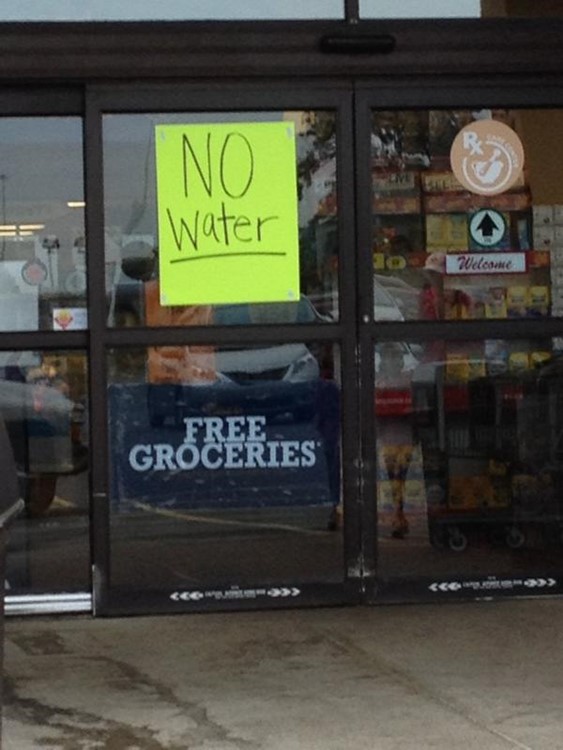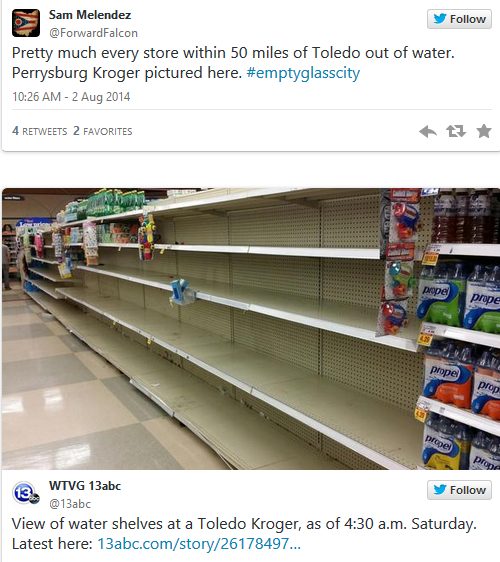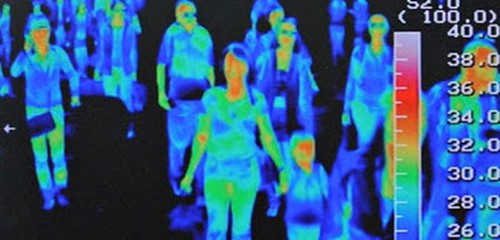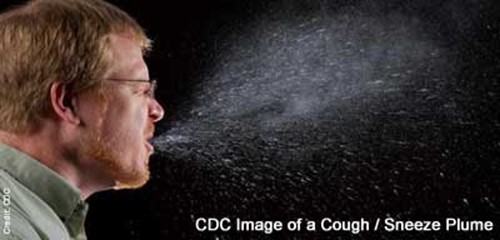Ebola is Spreading through Africa Via Public Transportation
With the recent Ebola outbreak infecting American aid workers, one of whom has returned to the US for treatment, the possibility of a global epidemic of Ebola, though not likely, is possible. Scientists are tracking the deadly virus through West Africa. The use of bikes, taxis and planes is transporting the contagion through the human population yet, at this point, international travel has not been limited whatsoever by the authorities. The World Health Organization has yet to recommend restrictions or closures, according to the airlines association IATA. Disease specialists insist that the risk of the virus becoming a pandemic is low, but educating oneself on the basics of the virus will allow one to proceed with caution.
Health workers are more high risk than others for contracting Ebola, because of the close contact they have with those infected. The disease can still manage to spread out of hospital containment, however, and there’s not much you can do about it if it does. But what can you do? What should you know?
What is Ebola?
Ebola is a severe hemorrhagic fever and disease that kills up to 90 percent of people who are infected, as reported by the National Institutes of Health. It was first found in Africa in 1976.
The Centers for Disease Control and Prevention states that headache, fever, joint and muscle pain, sore throat, and weakness are early symptoms of Ebola. These symptoms are sometimes followed by diarrhea, vomiting, and stomach pain, and the disease further causes rashes, hiccups, red eyes, and external and internal bleeding.
How do you become infected?
The natural hosts of this disease are infected animals. According to the World Health Organization, disease can spread through contact with monkeys, gorillas, chimps, forest antelopes and other diseased animals. The contagion can be spread once an individual is infected through blood, saliva, mucus, or other body secretions. Being as such, healthcare providers must use protective clothing, masks and other supplies when treating Ebola patients. Providers may contract Ebola if protection is insufficient or if contaminated needles are reused.
Has there ever been an Ebola outbreak in the US?
No, the US has never experienced an Ebola outbreak to date.
How do you cure Ebola?
Ebola has no known cure. However, if those infected are treated with supportive therapy, the disease can be managed. Supportive therapy includes maintaining and tracking oxygen levels and blood pressure, keeping fluids balanced, and treating infections which may complicate the disease further.
Newsmax:
Taxis, Planes and Viruses: How Deadly Ebola Can Spread
LONDON — For scientists tracking the deadly Ebola virus in West Africa, it is not about complex virology and genotyping, but about how contagious microbes — like humans — use planes, bikes and taxis to spread.
So far, authorities have taken no action to limit international travel in the region. The airlines association IATA said on Thursday that the World Health Organization is not recommending any such restrictions or frontier closures.
The risk of the virus moving to other continents is low, disease specialists say. But tracing every person who may have had contact with an infected case is vital to getting on top of the outbreak within West Africa, and doing so often means teasing out seemingly routine information about victims’ lives.
In Nigeria, which had an imported case of the virus in a Liberian-American who flew to Lagos this week, authorities will have to trace all passengers and anyone else he may have crossed paths with to avoid the kind of spread other countries in the region have suffered.
The West Africa outbreak, which began in Guinea in February, has already spread to Liberia and Sierra Leone. With more than 1,300 cases and 729 deaths, it is the largest since the Ebola virus was discovered almost 40 years ago.
Sierra Leone has declared a state of public emergency to tackle the outbreak, while Liberia is closing schools and considering quarantining some communities.
“The most important thing is good surveillance of everyone who has been in contact or could have been exposed,” said David Heymann, a professor of infectious disease epidemiology and head of global health security at Britain’s Royal Institute of International Affairs.
The spread of this outbreak from Guinea to Liberia in March shows how tracing even the most routine aspects of peoples’ lives, relationships and reactions will be vital to containing Ebola’s spread.
Epidemiologists and virus experts believe the original case in that instance to have been a woman who went to a market in Guinea and then returned, unwell, to her home village in neighboring northern Liberia.
The woman’s sister cared for her, and in doing so contracted the Ebola virus herself before her sibling died of the haemorrhagic fever it causes.
Feeling unwell and fearing a similar fate, the sister wanted to see her husband – an internal migrant worker then employed on the other side of Liberia at the Firestone rubber plantation.
She took a communal taxi via Liberia’s capital Monrovia, exposing five other people to the virus who later contracted and died of the Ebola. In Monrovia, she switched to a motorcycle, riding pillion with a young man who agreed to take her to the plantation and whom health authorities were subsequently desperate to trace.
“It’s an analogous situation to the man in the airplane” who flew into Lagos and died there, said Derek Gatherer of Britain’s Lancaster University, an expert in viruses who has been tracking the West Africa outbreak closely.
Liberia’s Ebola case count is now 329 including 156 deaths, according to latest data from the World Health Organization — although not all are linked to the Guinea market case.
Gatherer noted that while Ebola does not spread through the air and is not considered “super infectious”, cross-border human travel can easily help it on its way. “It’s one of the reasons why we get this churn of infections,” he said.
The risk of the Ebola virus making its way out of Africa into Europe, Asia or the Americas is extremely low, according to infectious disease specialists, partly due to the severity of the disease and its deadly nature.
Patients are at the most dangerous when Ebola haemorrhagic fever is in its terminal stages, inducing both internal and external bleeding, and profuse vomiting and diarrhea — all of which contain high concentrations of infectious virus.
Anyone at this stage of the illness is close to death, and probably also too ill to travel, said Bruce Hirsch, an infectious diseases expert at North Shore University Hospital in the United States.
“It is possible, of course, for a person to think he might just be coming down with the flu, and to get onto transport and then develop more critical illness. That’s one of the things we are concerned about,” he said in a telephone interview.
He added, however: “The risk (of Ebola spreading to Europe or the United States) is not zero, but it is very small.”
Heymann noted that the only case in which an Ebola case was known to have left Africa and made it to Europe via air travel was in 1994 when a Swiss zoologist became infected with the virus after dissecting a chimpanzee in Ivory Coast.
The woman was isolated in a Swiss hospital and discharged after two weeks without infecting anyone else.
“Outbreaks can be stopped with good infection control and with understanding by people who have been in contact with infected cases that they have to be responsible,” Heymann said.
Start now to make sure you are staying prepared.
Via: survivalist

 Follow
Follow












